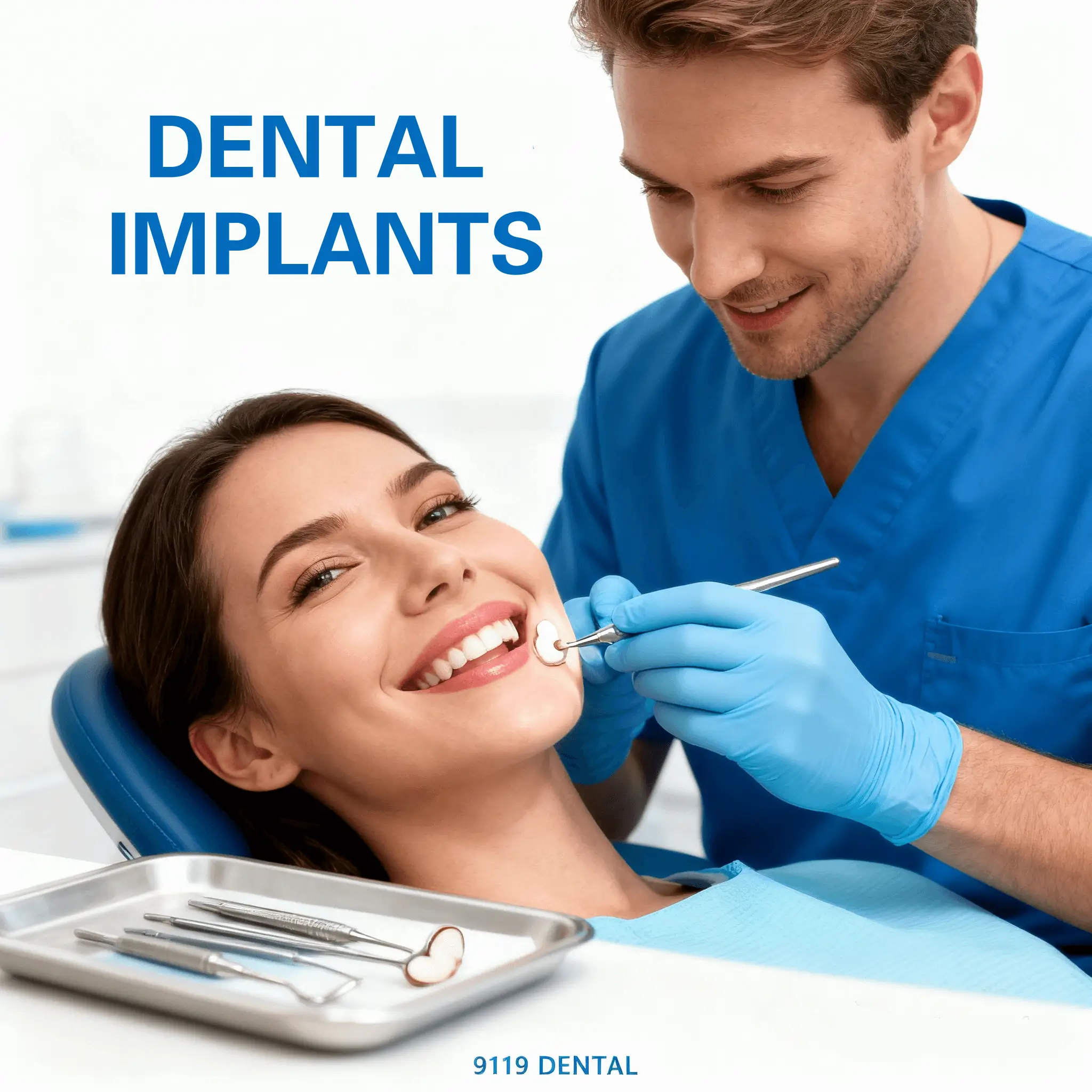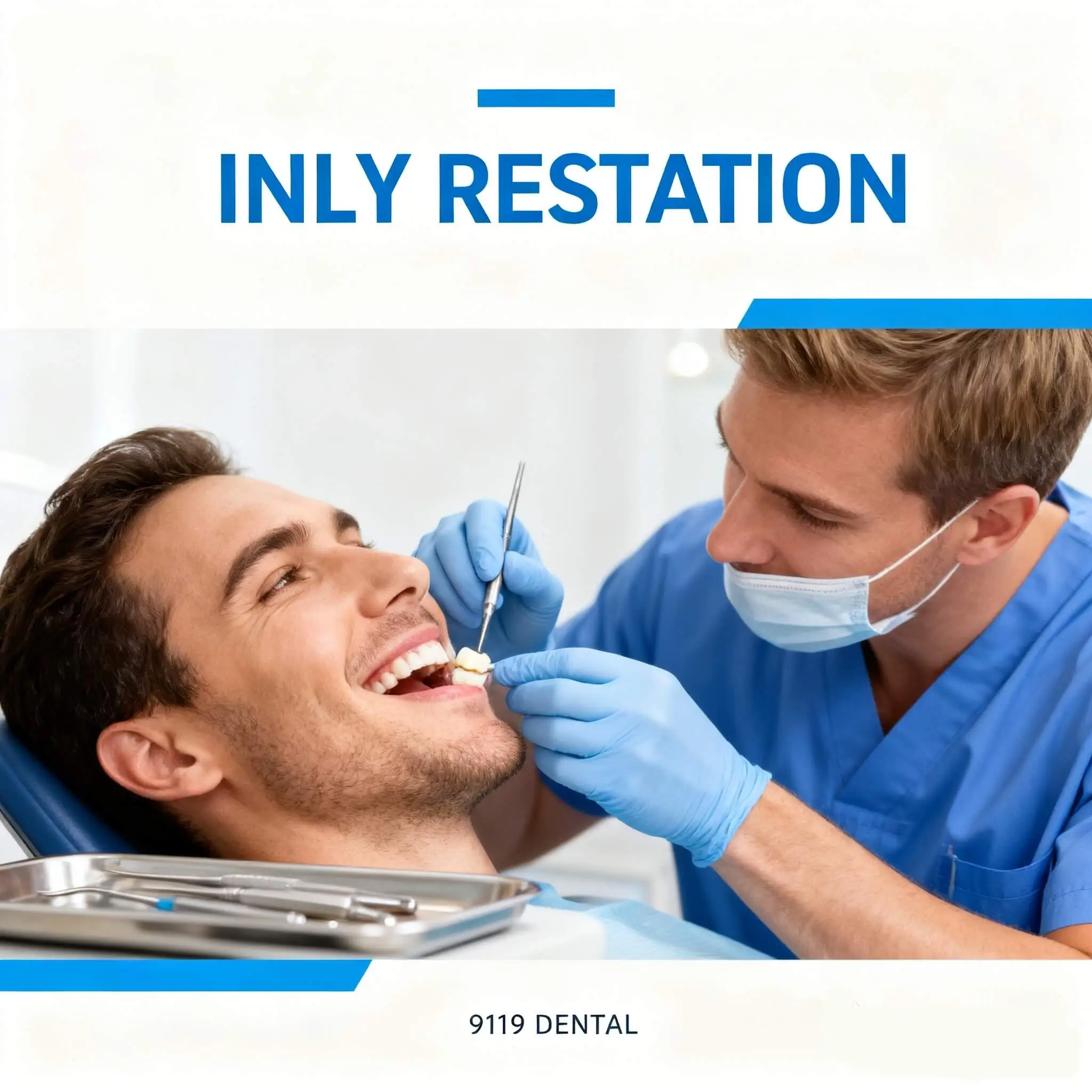Deep Cleaning vs Normal Teeth Cleaning in Thailand What’s the Difference
Deep Cleaning vs Normal Teeth Cleaning in Thailand: What’s the Difference
If you’ve booked a dental appointment in Thailand and the clinic tells you “You need deep cleaning, not just normal cleaning,” it’s easy to wonder what that really means. Same same but different? Not quite. While both treatments aim to remove plaque and tartar, they’re done for different reasons, at different depths, and with different steps. Here’s a friendly guide to help you understand the difference, Thai clinic style.
Quick answer
- Normal teeth cleaning (often called scaling and polishing) is routine maintenance above the gum line.
- Deep cleaning (scaling and root planing) treats gum disease by cleaning under the gums and smoothing the tooth roots.
- In Thailand, most people get normal cleaning every 6–12 months. Deep cleaning is recommended only when there are signs of periodontitis (advanced gum disease).
What is normal teeth cleaning in Thailand?
Normal cleaning, sometimes listed on clinic menus as “scaling + polishing,” is the standard visit for people with healthy gums. It usually takes 20–30 minutes and covers:
- Ultrasonic scaling to remove plaque and tartar on the tooth surface and just at the gum edge.
- Polishing to make teeth feel smooth and reduce new plaque build-up.
- Optional fluoride to strengthen enamel, especially if you have sensitivity.
You won’t need injections for this, and most patients describe it as “a bit scratchy but okay.” Afterward, your teeth feel cleaner, and gums may be slightly tender for a day or two. In Thailand, this is commonly offered as a package, sometimes with X-rays or a quick check by the doctor (dentist).
What is deep cleaning (scaling and root planing)?
Deep cleaning goes beyond regular scaling. It’s done when the gums are unhealthy—bleeding, swollen, or pulling away from the teeth—and pockets form where bacteria hide. The dentist or hygienist cleans below the gum line and smooths the root surfaces to stop bacteria from reattaching. It’s more detailed and may be split into quadrants (upper right, upper left, etc.), sometimes over two or four visits.
Because it’s deeper, local anesthesia is usually given to keep you comfortable. You might also get antiseptic rinses (like chlorhexidine), and in some cases, antibiotics. Deep cleaning is not a “spa” service; it’s gum disease treatment.
How do Thai dentists decide which one you need?
A proper diagnosis is the key. In Thailand, clinics typically check:
- Gum pocket depth using a periodontal probe. Pockets 4 mm or more often point to deep cleaning.
- Bleeding on probing, swelling, and tartar below the gum line.
- X-rays for bone loss around teeth (a sign of periodontitis).
If you only have mild gingivitis (bleeding gums without deep pockets), normal cleaning plus improved home care may be enough. If pockets are present or there’s bone loss, deep cleaning is the right call.
Signs you might need deep cleaning
- Gums bleed easily and look puffy or dark red.
- Bad breath that doesn’t improve with brushing or mouthwash.
- Teeth feel loose or spaces seem to be getting bigger.
- Persistent tartar and plaque even after normal cleaning.
- Dentist mentions pocket depths or shows you X-rays with bone loss.
How much does it cost in Thailand?
Prices vary by city and clinic, but generally:
- Normal cleaning: around 800–2,000 baht in private clinics. Government hospitals may be cheaper but often have a longer queue.
- Deep cleaning (per quadr

ant): commonly 2,000–6,000 baht, depending on severity, whether anesthesia and medications are needed, and clinic location (Bangkok, Phuket, Chiang Mai may be higher).
Many clinics offer promotions or packages. Always ask for a clear treatment plan and itemized fees before you start.
Is it painful? Do you need anesthesia?
- Normal cleaning: Usually no anesthesia. Mild sensitivity or gum soreness can happen for a day.
- Deep cleaning: Local anesthesia is standard. You’ll feel pressure and vibration, but not sharp pain during the procedure. Afterward, expect tenderness for a few days. Over-the-counter pain relief is usually enough.
Recovery and aftercare
Whether you do normal or deep cleaning, the aftercare in Thailand is pretty straightforward:
- Brush twice a day with a soft brush; consider a sensitive-tooth toothpaste if you feel zings from cold.
- Floss or use interdental brushes every day. If you had deep cleaning, your dentist may recommend specific interdental sizes.
- Rinse gently with warm salt water the first 24–48 hours after deep cleaning.
- Avoid spicy, very hot, or crunchy foods for a day after deep cleaning—go for soft rice, soup, or porridge.
- Skip smoking and alcohol while gums heal.
- If you were given chlorhexidine rinse, use it as directed (usually 1–2 weeks only).
How often should you get cleaned?
- Normal cleaning: Every 6 months is typical. Some people, especially those with braces, diabetes, or heavy tartar, benefit from every 3–4 months.
- After deep cleaning: A recheck is common at 4–6 weeks. Many patients then go on a 3–4 month maintenance schedule to keep gums stable.
Will deep cleaning change how your teeth look?
You might notice teeth look a little “longer” after deep cleaning. That’s because swollen gums shrink back to a healthier position, and tartar that made teeth look bulkier is gone. Sensitivity can spike temporarily but usually settles within a couple of weeks.
Choosing a clinic in Thailand
- Look for clear explanations: Ask the doctor to show your pocket chart and X-rays.
- Check credentials: Periodontists are gum specialists, but most general dentists are well trained in deep cleaning too.
- Compare value, not just price: Ask about anesthesia, number of visits, and follow-up included.
- Read reviews and ask friends: Bangkok, Chiang Mai, and Phuket have many reputable clinics used by locals and expats.
- Consider your schedule: Government hospitals are budget-friendly but may have longer queues; private clinics offer faster appointments and flexible hours.
Common myths
- “Deep cleaning is just an expensive version of normal cleaning.” Not true. Deep cleaning treats disease below the gums; normal cleaning is maintenance above the gums.
- “If it doesn’t hurt, my gums are fine.” Gum disease is often silent at first. Bleeding during brushing or flossing is an early warning.
- “Once I do deep cleaning, I’m done.” Deep cleaning controls the disease, but regular maintenance is essential to keep gums healthy.
Bottom line
In Thailand, normal teeth cleaning is your routine tune-up. Deep cleaning is targeted therapy for gum disease. They’re not interchangeable. If a clinic suggests deep cleaning, ask for the periodontal measurements and X-rays to understand why. With the right diagnosis, good aftercare, and regular maintenance, your smile can stay fresh, healthy, and ready for any Thai food selfie—papaya salad and all, but maybe not on the same day as your deep cleaning.
 collect
collect
Hospitals included
Products included




Suggested reads